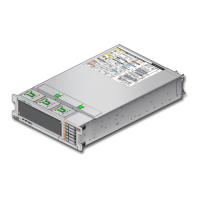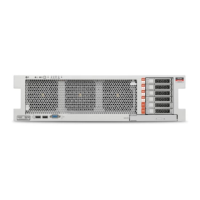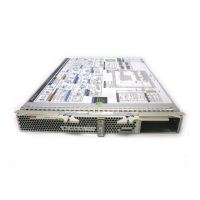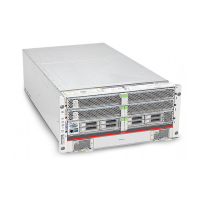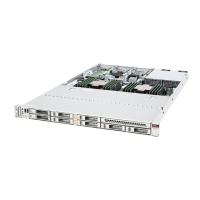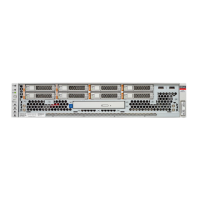Interpreting Log Files and System Messages
Interpreting Log Files and System Messages
With the OS running on the server, you have the full complement of Oracle Solaris OS files and
commands available for collecting information and for troubleshooting.
If PSH does not indicate the source of a fault, check the message buffer and log files for
notifications for faults. Drive faults are usually captured by the Oracle Solaris message files.
These topics explain how to view the log files and system messages.
■
“Check the Message Buffer” on page 50
■
“Understanding Diagnostics” on page 31
■
“Managing Faults” on page 46
Check the Message Buffer
The dmesg command checks the system buffer for recent diagnostic messages and displays
them.
1.
Log in as superuser.
2.
Type:
# dmesg
Related Information
■
“View Log Files (Oracle Solaris)” on page 50
■
“View Log Files (Oracle ILOM)” on page 51
View Log Files (Oracle Solaris)
The error logging daemon, syslogd, automatically records various system warnings, errors, and
faults in message files. These messages can alert you to system problems such as a device that
is about to fail.
50 SPARC T5-2 Server Service Manual • February 2017
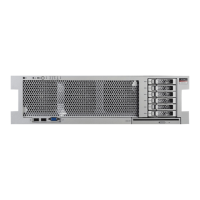
